Reimagining Education
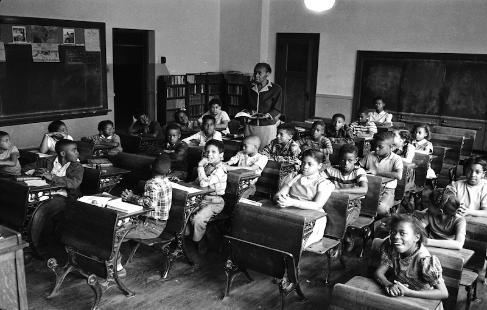
“So last night we’re sitting there, and the process is happening.”
Christopher Emdin, Teachers College’s internationally renowned hip-hop educator, is telling attendees at the College’s second annual Reimagining Education Summer Institute about the birth of his son, Malcolm. This wasn’t the plan: Emdin was supposed to introduce teenagers from his Science Genius competition to rap about physics and biology. They didn’t show, thinking he might have other concerns. But Emdin, geek-cool in thick black spectacles, white blazer and sneakers, is unfazed, charming some 300 educators from 20 states and four countries with his signature blend of street cadence and academese – part Kendrick Lamar and part Dwayne Wayne:
Check out our story on the Rauch Foundation’s support for Reimagining Eduction, online
“So my wife and I are grabbing each other’s hands, and then, you know, Malcolm comes into the world. And the doctor’s, like, ‘Do you hear his first cry?’” Emdin beams in imitation. “And I was, like, ‘No. I hear his first note.’ Because for me, he’s telling the ancestors ‘I am here.’ And when you frame this chorus that’s in tune with the cosmos as only a cry – right? – you misunderstand the whole experience.”
Malcolm’s song is like “that first, almost guttural, natural expression of young people in the classroom.” Emdin’s inspiration to teach through hip hop resulted from “going into the schools, where kids were completely disengaged, and then seeing them outside, anything but disengaged,” and realizing that “the construction of their own vernacular – not English or Spanish or Spanglish, but uniquely uptown and breaking every law of what is established – is beautiful.”
Persistent Problem
Implicit in most theories of America’s “achievement gap” is the assumption that students of color have been denied the opportunity to develop skills or enjoy learning experiences essential for success in school and life. But there’s another school of thought: that all children possess talents and insights, and that an education system that’s blind to them badly needs what Emdin calls a remix. The U.S. education system’s intensive focus on narrow measures of ability – especially standardized testing in reading and math – profoundly limits society’s appreciation of many students and educators. Students of color whose cultural knowledge may fall outside the “norm” are penalized most.
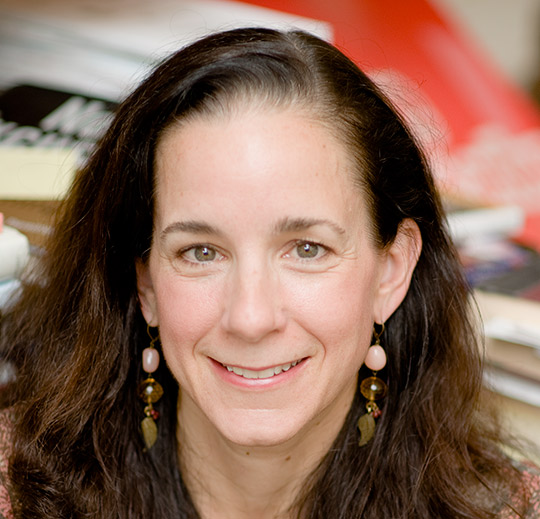
“After the Supreme Court struck down school segregation, all the teachers in black schools were fired. Now TC’s faculty are rebuilding that knowledge base.”
—Amy Stuart Wells
At the “Reimagining” institute – created by TC faculty members and students across five departments and subtitled “Teaching and Learning in Racially Diverse Schools” – the emphasis was on broadening those norms to embrace an increasingly diverse school-aged population and nation.
“When we talk about urban education it’s always, ‘Young folks of color are underperforming on assessments,’” Emdin said. “But we’ve never allowed them to believe they’re smart, so every piece of data is flawed.”
Register for the 2018 Reimagining Education Summer Institute >>
The conference’s underlying premise: To make subject matter relevant for America’s students, the majority of whom are of color, the white adults who constitute 80 percent of the teaching force must become observers, confidantes, advocates and caregivers.
“Children of color are being failed by schools,” says Mariana Souto-Manning, Associate Professor of Early Childhood Education. “Their images and experiences are not central to curriculum and teaching. Their rich family and community knowledge is missing. Their voices, stories and languages are often silenced. They are being marginalized.”
To realize the democratic aims of schooling, Souto-Manning says, “schools must undo injustices rooted in racism and other oppressions. A starting point is to center teaching and learning on the values, experiences and assets of diverse families and communities. Teachers can affirm the brilliance of students of color.”
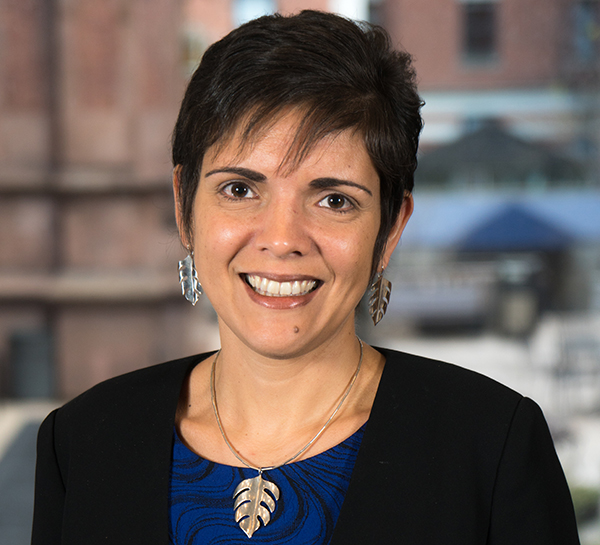
“Children of color are being failed by schools. Their images and experiences are not central to curriculum and teaching. They are being marginalized.”
—Mariana Souto-Manning
Schools can also address racism and classism head on.
“Whether or not we agree with the Black Lives Matter movement, or with what’s happening with immigration and deportation, our students are grappling with it,” says Michelle Knight-Manuel, Professor of Education and Associate Dean. “So how can we prepare them to do that in ways that don’t further divide us?”
These arguments have been made before by theorists such as Gloria Ladson Billings, James Banks, Sonia Nieto, Luis Moll, Carl Grant and Geneva Gay. But Emdin, Souto-Manning, Knight-Manuel and others at TC are providing guidance on how to implement them in 21st century classrooms. They’re harkening back to John Dewey by more closely connecting curriculum to students’ lived experiences – for example, through math lessons imparted by elders or by asking fifth graders to think about police killings of black men.
“For years, lawyers and policymakers who didn’t understand teaching and learning led school desegregation,” says “Reimagining” director Amy Stuart Wells, TC Professor of Sociology & Education. “They created policies that technically ‘de-segregated’ schools but didn’t meaningfully integrate curriculum and pedagogy. After the Supreme Court struck down school segregation, all the teachers in black schools were fired. Now TC’s faculty are rebuilding that knowledge base. They’re recreating progressive education with a grounding in child development, because you can’t teach without understanding what children are going through.”
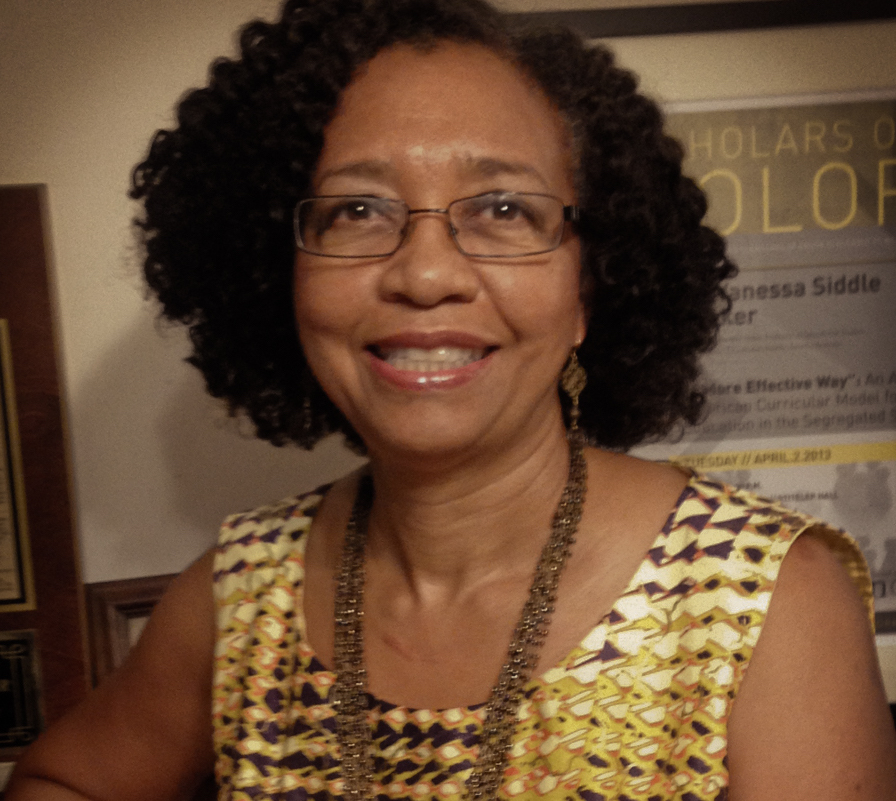
In black schools in the Jim Crow-era South, “the care ethic in interpersonal relationships…the professionalism of teachers and principals... and the advocacy of parental leaders all contributed heavily to children’s success.”
—Vanessa Siddle Walker
The equity argument for diversity “frequently begins and ends with whether schools are integrated or segregated,” Emory University education historian Vanessa Siddle Walker said at the Reimagining conference. Yet “the care ethic in interpersonal relationships and institutional structures, the professionalism of teachers and principals in school and networked collaboration, and the advocacy of parental leaders all contributed to children’s success in Southern segregated schools.” Recalling that TC welcomed aspiring Southern black teachers during the Jim Crow era, Walker added that attending TC’s conference was like “watching the past and the present intersect.”
The Non-Neutral Classroom
Most textbooks still portray Christopher Columbus as a heroic explorer and conqueror. Two years ago on Columbus Day (now Indigenous People’s Day in some U.S. cities), New York City teachers Jessica Martell and Abigail Salas Maguire, working with Mariana Souto-Manning, offered an alternative perspective through story acting. While Martell’s second-graders were at gym, Salas’s fourth-graders occupied their classroom. A video clip shown at the Reimagining conference captures the returning students’ dismay and the ensuing critical dialogue.
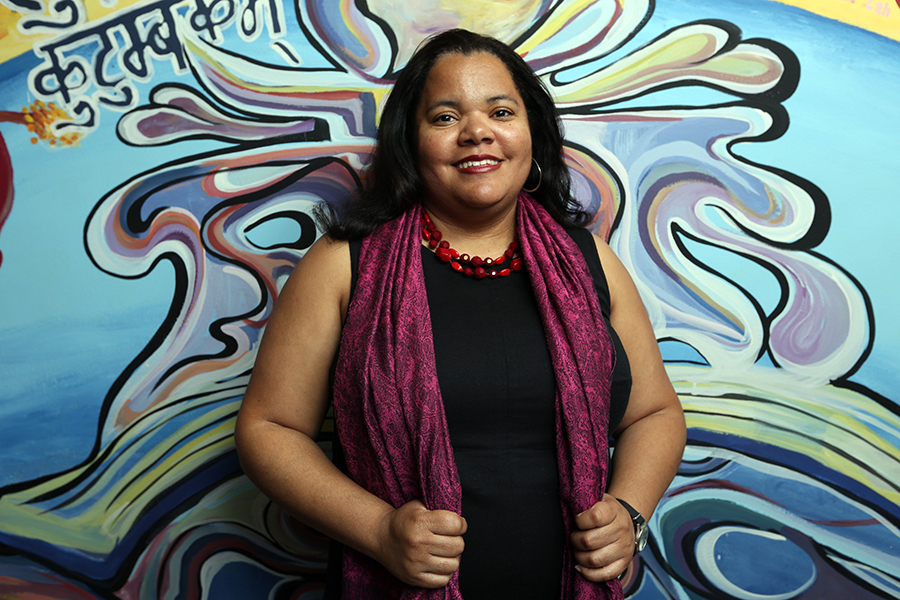
When students at a New York City public high school tutored their peers, “the program became an informal yet powerful mathematics teaching and learning community.”
—Erica Walker
“This carefully designed learning experience led to a meaningful conversation,” says Souto-Manning, coauthor with Salas, Martell and two other teachers, Carmen Lugo Llerena and Alicia Arce-Boardman, of No More Culturally Irrelevant Teaching (Heinemann 2018). “Students not only better understood Columbus Day but questioned why New York City schools observe this holiday. One said Columbus created slavery, or at least brought it to America. Another asked, ‘How can you discover something that’s already there?’ And another said, ‘Did Columbus speak the same language as the indigenous peoples? If not, the story he told isn’t true.’”
The Columbus Day exercise exemplifies culturally relevant teaching (CRT), an approach advanced by Gloria Ladson-Billings that is grounded in high expectations and support. CRT hones students’ “competence” in their own cultures and at least one other. It develops engaged citizens by fostering their “critical consciousness” to challenge historic racial, linguistic and socioeconomic inequities that have been baked into the system.
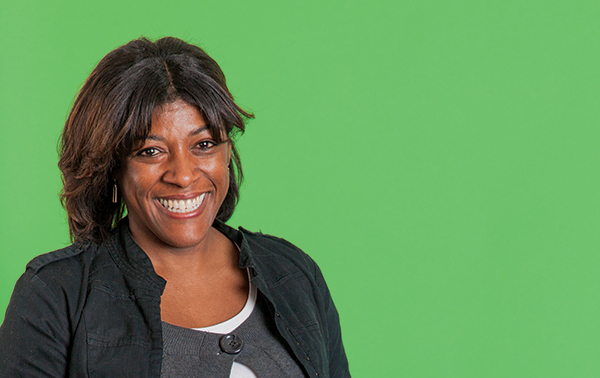
“The books on your shelves tell kids what’s valued and what isn’t. So you’re not bringing race into the classroom. Kids are already racialized beings."
—Detra Price-Dennis
Similarly, Detra Price-Dennis, Assistant Professor of Education, helps teachers help kids understand the racial politics and historical context of books and online content. She’s also concerned with validating children’s “literacies” – “the multiple ways of knowing [they] draw on to not only read, write, speak and act in academic spaces but [also] to make sense of and write their worlds.”
In an award-winning study, Price-Dennis created a Common Core-aligned curriculum in which black fifth-grade girls created mini-memoirs and penned their hopes and dreams for a classroom display. They read news reports and viewed images of Freddie Gray, the Baltimore man whose death in city police custody sparked upheaval in April 2015, and participated in classroom and online discussion.
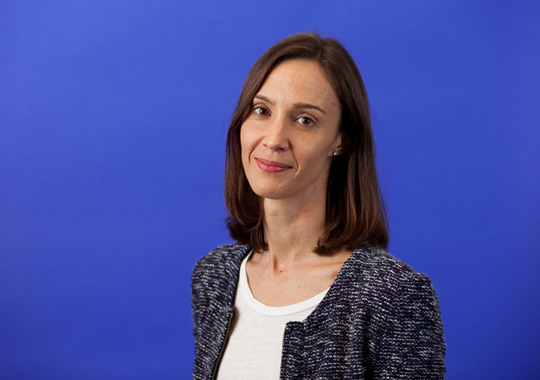
“The segregated American city is no accident. It’s not just ‘where people choose to live,’ and segregated schools aren’t just ‘where people feel like sending their kids.’”
—Ansley T. Erickson
“Any classroom is political,” Price-Dennis says. “The books on your shelves reflect choices about what’s necessary for kids’ development. They tell kids what’s valued and what isn’t. So you’re not bringing race into the classroom. Kids are already racialized beings – that’s how people engage them in the world. When they see hashtags like Black Lives Matter, they’re concerned – why do we need that?”
Older students are able to consider such issues in a broader historical context.
“The segregated American city is no accident,” Ansley Erickson, Associate Professor of History & Education, told teachers at the Reimagining conference. “It’s not just ‘where people choose to live,’ and segregated schools aren’t just ‘where people feel like sending their kids.’”
Rather, banks created and reinforced segregation through the government-sanctioned practice of red-lining, or denying loans to black families or neighborhoods. Federal maps documenting redlining, once the province of scholars and librarians, are now available on websites such as Mapping Inequality: Redlining in New Deal America.
Students learn to technology skills working with such materials, Price-Dennis says. They also raise their scholarly game because they care about the subject: “When students access all the tools and become better engaged, that’s magical.”
Fighting Stereotypes with Cultural Relevance
When Chris Emdin went out to eat recently with childhood friends, they handed him the bill. Again.
“I’m a teacher, so most of ‘em makemore than me. But no one wants to say, ‘I’m 35 and I can’t do long division.’”
Emdin believes “the educator’s work is to undo the damage caused by school” – especially in science, which is “perceived to be for the best and brightest.” Students of color “have always been perceived to not be that, so they construct an identity that separates them from a discipline they have the intellect to do well in.”
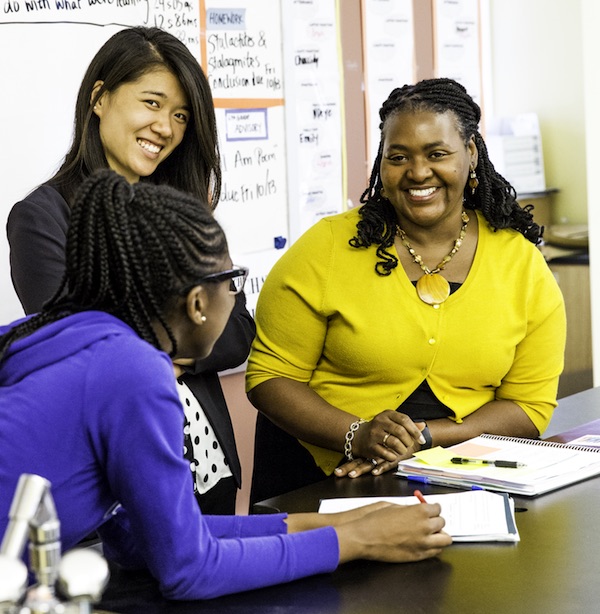
Walker says lessons from her own family, teachers, community and friends now enable her to walk through urban neighborhoods and high schools and “look for the talent I know is there.” As described in Building Mathematics Learning Communities Improving Outcomes in Urban High Schools (2012 Teachers College Press), she found that talent at a New York City public high school, recruiting the go-to math explainers to tutor peers after school.
“Initially, they taught fellow students as they themselves had been taught – ‘you do it like this,’ ‘you write this down.’ But then they began using vivid analogies from movies, TV, things they’d seen on the street. Their teachers asked them to share their approaches. TC students said, ‘Hey, I can use that.’ The program became an informal yet powerful mathematics teaching and learning community.”
“If we don’t get young children excited about science, how can we expect them to take courses in it in college and aspire to careers? But we also have to change how science is presented to them.”—Felicia Moore Mensah
Science education, too, can draw on the local community. In elementary schools the subject, if even offered, is often taught by non-specialists. Felicia Moore Mensah, Professor of Science Education and Associate Dean, is pushing back with an approach based on “getting to know kids and their interests and helping them to see science as applicable to their lives.” In a unit on pollution, for example, fourth- and fifth-graders in East Harlem learn about air components and air quality. They study emissions from combustible byproducts of manufacturing and consider the impact on their own families. And they discuss “environmental racism” in poor neighborhoods where childhood asthma rates are frighteningly high.
“If we don’t get young children excited about science, how can we expect them to take college courses and aspire to careers in the field?” Mensah says. “But we also have to change how science is presented to them.”
Reaching younger students makes sense. But how to connect with teens?
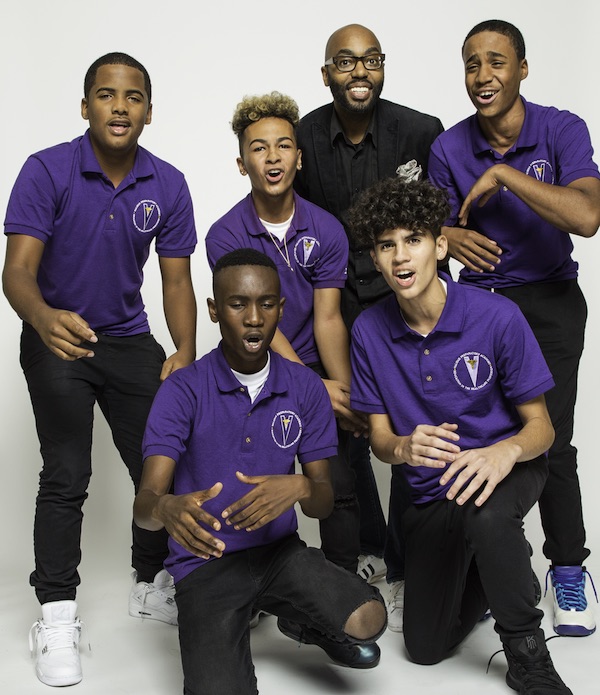
One answer is hip-hop education – seen as an oxymoron by some because of gangsta rap’s crude and sometimes misogynistic language. Emdin – who earlier in his career wowed Bronx ninth graders by illustrating the principles of kinetic and potential energy through the pendulum swings of a rapper’s medallion, and has since published the bestseller For White Folks Who Teach in the ‘Hood – and the Rest of Y’all, Too – is uninterested in smoothing over the medium’s rough edges. “I want to take what’s seen as most negative about hip hop and make it the anchor of pedagogy,” he says. “I want the sticker on rap albums, which is why everyone ran from hip hop, to be why folks gravitate back to it as a mechanism for reengagement in education. The image has to look the most problematic because the system already is the most problematic.”
“When we talk about urban education it’s always, ‘Young folks of color are underperforming on assessments. But we’ve never allowed them to believe they’re smart, so every piece of data is flawed.” —Christopher Emdin
Maybe white teachers can’t authentically spit cyphers and code-switch to street English, but they can import intermediaries.
“We have ambassadors for Science Genius – dudes who dropped out and know all the kids because they hang on the street,” Emdin says. “We say, ‘Wanna be our community liaison?’ and they’re like, ‘What? Nah.’ We’re like, ‘Yo’, we’ll print you a business card.’ Which changes their whole relationship to school. They hate school ‘cause they had trauma there, too.”
Remix 2.0
Not surprisingly, young people who don’t connect with school are less likely to attend college. While more than 70 percent of New York City high school students graduate, rates for young black and Latino men are nearly 20 percent lower – and the City University of New York considers only 14 percent of Latino men and 12 percent of black men college-ready. These students face “lowered expectations and inequitable access to high-quality learning opportunities,” says Michelle Knight-Manuel.
Recently Knight-Manuel assisted educators across 40 New York City public schools in establishing “culturally relevant, college-going cultures that reflect the cultural knowledge, background and interests of their students.”
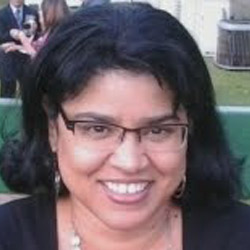
“It’s about shifting perspectives to see students of color as college-bound or college-ready – because if you don’t, you’re not going to support them.”
—Michelle Knight-Manuel
Every adult in these schools now shares accountability for getting students to think about college: “Typically in black and Latino schools, there’s just one counselor serving anywhere from 400 to 700 students. Our professional development sessions are for everyone, from teachers to secretaries to security people.”
Knight-Manuel’s secondary schools now get students thinking about college as early as possible: “Sixth-graders should go on college visits. Because how can you enable kids who’ve never been to a college campus to feel that they belong?”
Older students are urged to assess whether colleges will support their success: “Ask how many students of color graduated, not just how many were accepted. And ask about the curriculum and the extra-curricular activities. Students of color at more than 80 college campuses have protested for more relevant courses.”
Above all, Knight-Manuel calls on teachers to reexamine their expectations for students of color.
“It’s about shifting perspectives to see students of color as college-bound or college-ready – because if you don’t, you’re not going to support them. One teacher recalled a young man whom he said would be a great lawyer. He playfully called this student ‘esquire’ but never said, ‘Here’s what to think about if you want to go to law school.’ That’s what taking accountability really entails.”
And Then There’s Love
Academic prose can be technical and dispassionate – but not “Daring to Care,” a 2012 article about mentoring black and Latino male high school students by Yolanda Sealey-Ruiz and two then-doctoral students Wanda Watson (Ed.D. ’15), now Assistant Professor of Elementary Education at Mills College in Oakland, California, and Iesha Jackson (Ed.D. ’15), now Assistant Professor of Teaching & Learning at University of Nevada, Las Vegas, College of Education.
A foster mother in addition to raising her own daughter, Sealey-Ruiz, Associate Professor of English Education, has co-taught a TC course with Lalitha Vasudevan, Professor of Technology & Education, doctoral students, and a foster care family court liaison in which students mentored teens in the foster care and juvenile justice systems. With Vasudevan and Laura Smith, Associate Professor of Psychology & Education, she leads TC’s Civic Participation Project, which addresses racism, poverty and other social justice issues.
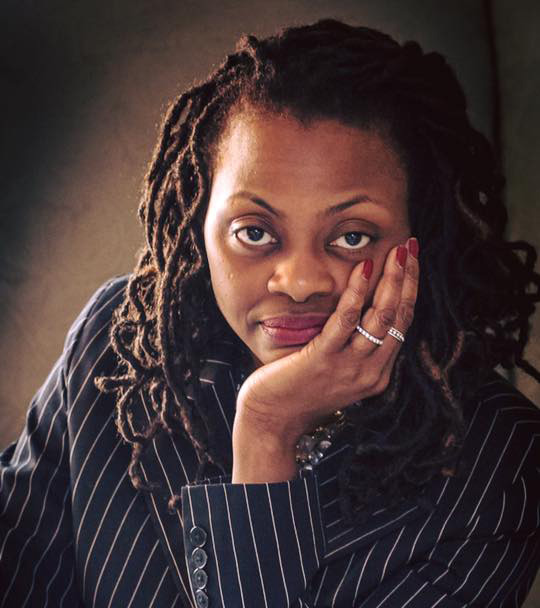
“I believe in inviting the lives of my students into the classroom. If students see themselves in a book, they engage very differently.”
—Yolanda Sealey-Ruiz
The common thread: “Inviting the lives of my students into the classroom.” Sealey-Ruiz encourages teachers and students alike to read through the lens of experience, teaching pairings such as James Baldwin (If Beale Street Could Talk) and Gertrude Stein (Three Sisters) – both gay expatriates who lived in Paris – and Shakespeare’s Sonnet 54, on the “perfumed tinctures of roses,” and Tupac Shakur’s “The Rose that Grew from Concrete.”
“If students see themselves in a book, they engage very differently,” she says.
To see themselves they have to know themselves – so Sealey-Ruiz’s students write personal essays. “I’ve had TC students come out about their sexuality in class,” she says. Several years ago, she used the same approach in a mentoring program for “over-aged, under-credited” black and Latino male high school students.
Such work requires love – and “Daring to Care” calls for setting high expectations and then providing empathy and support to elicit hard work from students who don’t see themselves as deep thinkers and writers. Noting that the young men supported each other in considering college or dealing with police stop-and-frisks, the authors highlight “an often overlooked aspect of care – the kind that students do for each other.”
Redefining the Stakes
Can reimagining education inspire all students, particularly those of color, to reconnect with school, work to their potential, go to college and get good jobs?
Yes, believes Amy Stuart Wells, but “only if other schools of education join TC in helping educators reimagine education” to create a broader understanding of ability, potential and what constitutes valid experience, knowledge and behavior.
For Chris Emdin, that dictum must include trusting young people to discover and be who they are. Emdin recalls recently visiting a gated private school that was using his teaching framework. Sure enough, the students, most of whom were white, sat on bean-bag chairs, scripting science dialogues and rap songs. What really struck Emdin, though, was the sight of one kid running through the halls, unattended, to answer nature’s call.
“When did you last see a kid in public school without a pass to shame him for going to the bathroom? These parents were paying for their kids to be free – to learn to structure a cypher when black and brown kids have been cyphering since they were four, but we’re not OK with allowing them to be loud. We rob them of their freedom because we’re scared. And if you’re scared of letting someone be free, then you can’t teach them.”
– Joe Levine (Siddhartha Mitter, Patricia Lamiell and Harriet Jackson contributed to this story.)
Download this article as a PDF
Published Wednesday, Oct 25, 2017